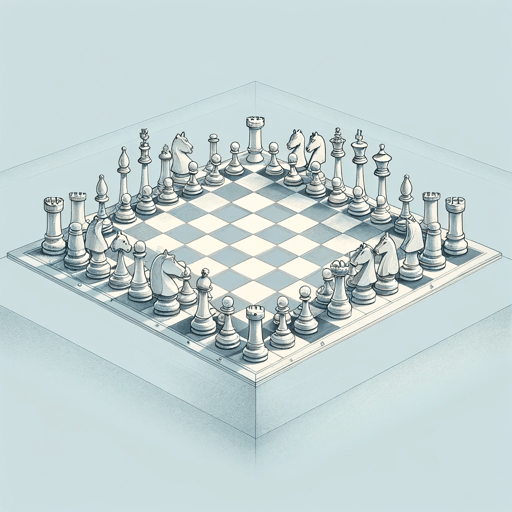65 pages • 2 hours read
Henry KissingerWorld Order: Reflections on the Character of Nations and the Course of History
Nonfiction | Book | Adult | Published in 2014A modern alternative to SparkNotes and CliffsNotes, SuperSummary offers high-quality Study Guides with detailed chapter summaries and analysis of major themes, characters, and more.
Chapter 3Chapter Summaries & Analyses
Chapter 3 Summary: “Islamism and the Middle East: A World Disorder”
Kissinger subtitles Chapter 3 “A World Disorder” because, in his view, the Middle East and North African (MENA) region is complicated historically, religiously, culturally, and socially. He covers regional development in sweeping strokes by focusing on the following subcategories: “The Islamic World Order,” “The Ottoman Empire: The Sick Man of Europe,” “The Westphalian System and the Islamic World,” “Islamism: The Revolutionary Tide—Two Philosophical Interpretations,” “The Arab Spring and the Syrian Cataclysm,” “The Palestinian Issue and International Order,” and “Saudi Arabia,” and “The Decline of the State?”
Initially, the Middle East and North Africa region was organized from successive empires, such as the those of Mesopotamia and Sumer. Later, the Sassanid Persian and Byzantine Empires controlled much of the Middle East. At this time, a new religion based on the teachings of the Prophet Mohammed began to rise: “Few events in world history equal the drama of the early spread of Islam” (98). When this occurred, Arabs led a tribal and pastoral lifestyle. Its attributes made Islam differ from other societies in history because it was “a religion, a multiethnic superstate, and a new world order” (101).
After this, Kissinger compares the early schism in Islam between the Sunnis and the Shia Muslims.
Related Titles
By Henry Kissinger




